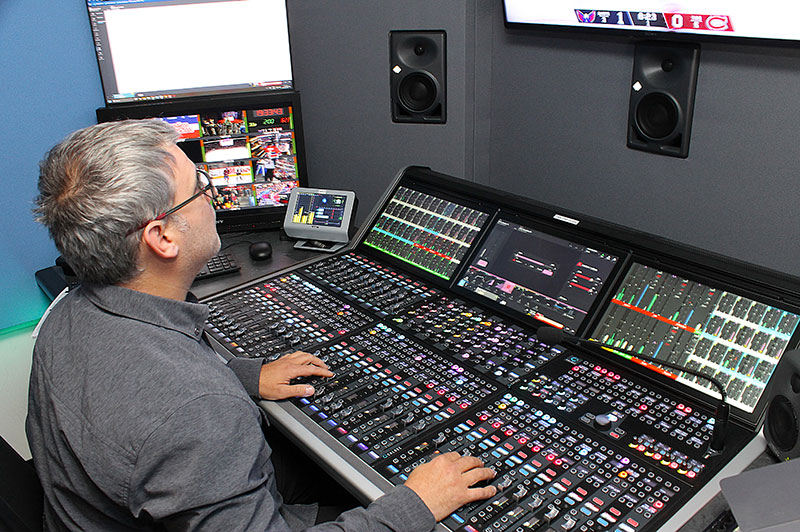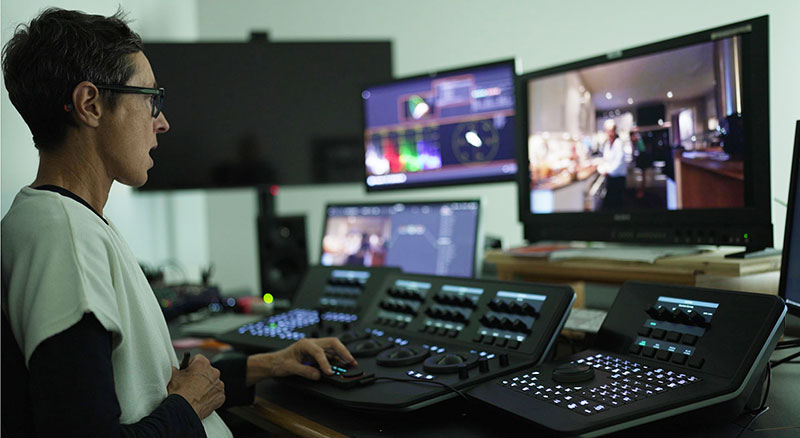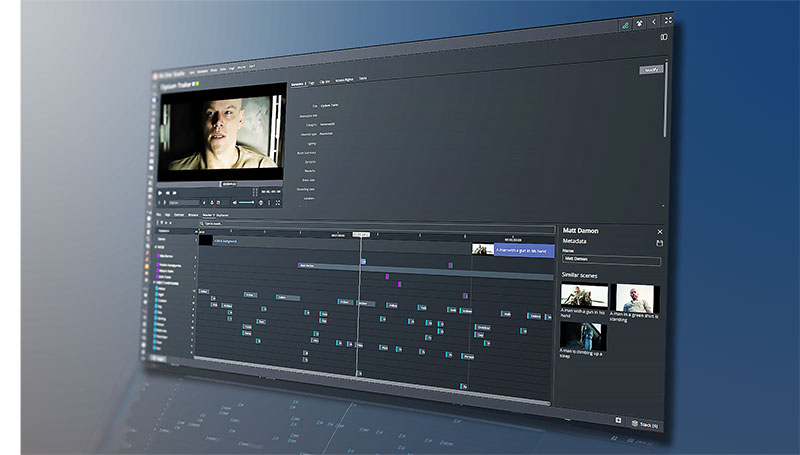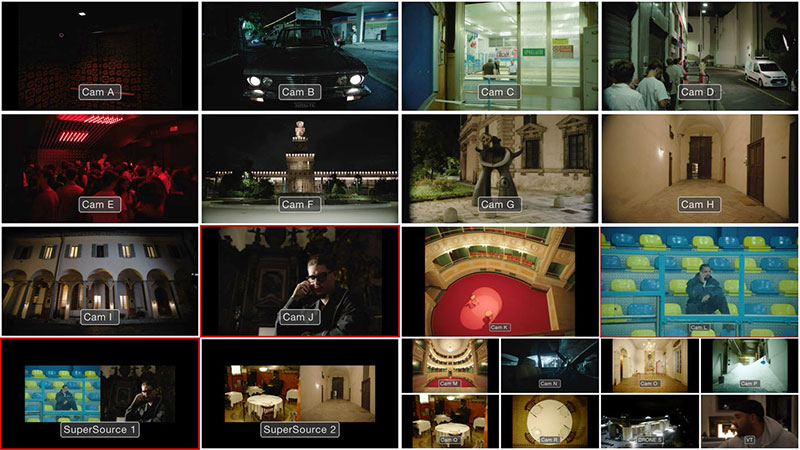Imagine Communications' John Mailhot talks about lowering emissions through remote production, efficient codecs and controlling the real power consumption of broadcast infrastructure.

Today, sustainability is receiving much attention in the European Union. Between the European Green Deal and the Climate Law, challenging objectives have been set. The Green Deal was designed as the EU’s guidelines to achieve the goals the Paris Agreement – ensuring zero emissions by 2050 – and the European Climate Law writes into law those guidelines for Europe's economy and society to become climate-neutral by 2050.
Those goals, laws and guidelines are not simple to realise. John Mailhot, CTO of Infrastructure at Imagine Communications, believes that to achieve these objectives, every sector has a role to play. “Broadcasting is no exception,” he said. “After all, television networks are well known for their power-hungry infrastructure.
“So, to reduce their environmental impact, many broadcasters are adopting sustainable practices in their facilities, such as transitioning from analogue to digital operations, utilizing LED lighting, and deploying energy-efficient broadcasting equipment and cooling systems for data centers. These measures not only help reduce carbon emissions for a healthier planet, but they provide economic advantages at a company level by lowering energy bills.”
The Mobile Broadcaster
For live productions of sporting events, however, he considers other factors that magnify the environmental impact of television. Not only is a substantial amount of energy required to power equipment in OB trucks, but the trucks themselves contribute to emissions as they are driven to various locations. “Moreover, the personnel involved add considerably to the overall carbon footprint of the production,” said John. “Any live broadcast requires an on-site crew, with the size of that crew increasing in proportion to the scale of the event.
“While you might find camera operators local to the area, key personnel such as technical directors, producers, associate producers, replay operators, commentators, and others have to travel there ― most often by taking a carbon-intensive flight. Fortunately, broadcasters can now address this latter issue by adopting a remote production workflow.
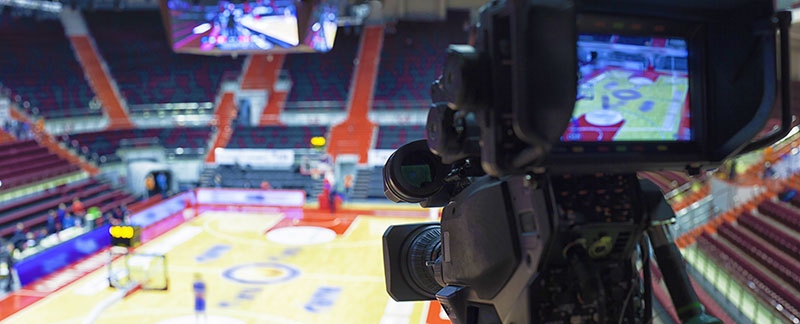
Remote production existed before the COVID-19 pandemic, but its use in sports broadcasting dramatically increased during that period, giving the industry a glimpse of its true potential. Though it doesn’t completely eliminate the need for all on-site personnel at sporting events – camera operators, for example, are still best on-site – it does allow much of the production team to work from a centralised gallery, regardless of distance from the action.
Minimizing the size of the on-site crew has benefits for broadcasters beyond just reducing their carbon footprint. John noted that it cuts down significantly on lost staff hours and travel costs. He said, “This in turn makes it economically feasible to produce even more live broadcasts, sometimes having the same centralized crew work on multiple remote events in the same day. As a result, the industry as a whole is re-evaluating the personnel required on-site for different types of live events.”
Maintaining Video Quality
Though he recognises its value to sustainable development, John is not glib about the technical challenges of remote production. “One of these is maintaining high picture quality. Today’s sports fans have grown accustomed to watching their favourite teams in exceptional clarity, and now won’t settle for anything less. Another issue is the latency between the on-site crew and the remote gallery,” said John.
“While most sports are games of inches, live production is one of milliseconds, and each one counts. Significant lag can disrupt the coordination between the remote crew and on-site personnel, leading to miscues that can detract from the production’s overall quality. Both of these challenges can be overcome with the JPEG XS (ISO/IEC 21122) codec.”
JPEG XS – Standing Apart from Other Codecs
Describing the background of JPEG XS, John notes that it stands apart from other codecs because it wasn’t designed with the goal of maximizing compression efficiency. Instead, its main objective is to retain the benefits associated with an uncompressed stream – visually lossless quality, low latency, and low complexity. “JPEG XS achieves visually lossless quality through modern intraframe encoding,” he said.
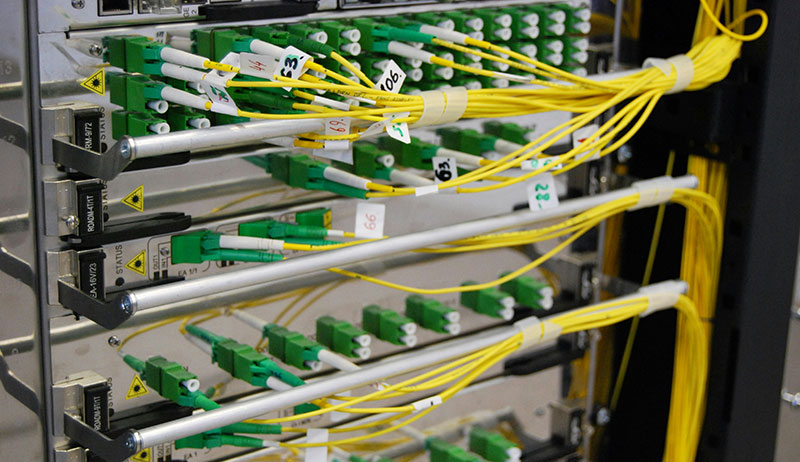
Photo by Kirill Sh on Unsplash
“It also supports a constant bitrate, and aligns well with SMPTE ST 2110 for IP network transmission. Furthermore while other codecs used in live production workflows tend to accumulate significant latency in the encoding and decoding stages, JPEG XS delivers extremely low latency – a handful of milliseconds for combined encoding and decoding. Finally, its low complexity contributes to sustainability by enabling a smaller hardware footprint and eliminating the need for additional memory, which reduces power consumption.”
Dominant Option
With the push for sustainability in Europe and globally, John is expecting remote production to become the dominant option in many types of events over time. Regardless of whether the equipment is on the truck or back at the control room, the real power consumption of television infrastructure is also an avenue for sustainability improvement.
He said, “At Imagine, power and space efficiency are a part of our design process – for example, packing 32 1080p programmes’ worth of video processing and conversion into the 1RU Selenio Network Processor (SNP) platform, at less than 10 watts per programme for a full suite of signal processing including JPEG XS encoding and decoding. As facilities scale to handle more and more productions, managing the space and power footprint in a sustainable manner is important to future generations ― and to the bottom line.” imaginecommunications.com













